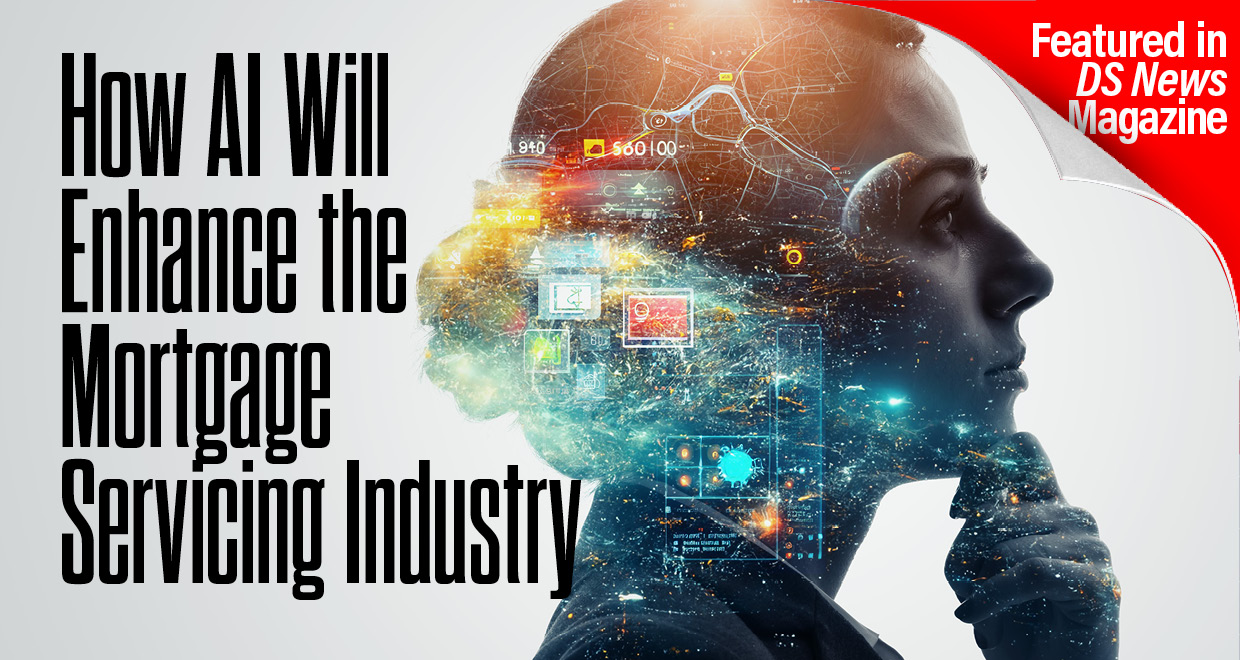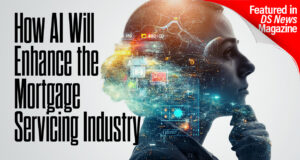
This piece originally appeared in the February 2023 edition of DS News magazine, online now [1].
Artificial Intelligence (AI) will one day touch every single industry and level of our lives. The interaction and dependence on AI will be so natural that we will have to stop and think what life would be like without it. It will be cheap, accessible, and widely circulated. There will be different levels of sophistication for AI models, ranging from simple and primitive (“if this, then perform this action”) to highly complex, individualized free-thinking, self-replicating automatons. This article presents a brief, historical perspective on the evolution of AI over the last several decades, the introduction and development of AI in our financial industry, and, finally, a word of caution.
A Look Back at Finance and AI
While AI continues to become part of the conversation, and to greater levels of degree, this was not always the case. It was around the 1980s when AI began to gain prominence in the finance world. The model created (Expert System) was used to predict market trends and provide customized financial plans; this kicked off the acceptance of AI in finance, which was primarily used in financial analysis, market analysis, currency exchange, and bank management. The 1990s introduced fraud detection and advanced levels of transaction reviews. The early 2000s introduced the assistance in underwriting decisions on the credit application of corporate loans. The 2010s used the model to enable smaller enterprises to conduct professional data security analysis as a result of capital constraints.
Until this time, AI revolved around analyzing a massive amount of numerical data, hence the perfect fit for the finance industry. However, it was not until Natural Language Processing (NLP) arrived around mid-2015 as a method to enhance the AI model with text. No longer would AI dependence be limited to numeric or quantifiable data alone. Instead, a massive amount of text would now be involved with improved models. According to NVIDIA, one of the world’s leading AI programming and chip manufacturers, there are even more advanced models such as BERT (Bidirectional Encoder Representations From Transformers) which can understand words in context. For example, it could tell a difference between a city’s riverbank and the River City Bank.
How AI Works
Simply put, AI is a process of prediction and errors of prediction. It requires big data technology and a series of highly complex algorithms using linear algebra, probability, and statistics. The AI engineer would use programming languages like Python, R, Java, or C++ to build the AI model.
One type of AI model is “Inference and Train.” You tell the model there is a cat in a picture and to find the cat. The model, having access to all information via the internet, will compare billions of data points within milliseconds, logging the many, many errors in trying to find the answer until eventual success. That’s inference.
Training is the process of giving it an input and having the expected output. AI engineers now can also use what’s called backpropagation, which takes the errors and divides up those across layers to back calculate the correct answer to more precisely provide a more accurate output response.
Thus, when you put a new thing in, it gives you a better answer. While some companies (and banks) with the capital may invest in their own departments to create basic AI, it will be challenging to compete with chip manufacturers and big tech on building the sophisticated models that will significantly enhance (presumably) life as we know it. I would not recommend they invest to do so; I think it would be an expensive endeavor that would be outdated the moment it went into production. Instead, an AI collaborative should be created for each industry (finance, medicine, law, engineering, etc.) so that expert engineers would have access to industry experts at large, not an individual company with its own biases and goals.
The New Frontier
Currently, AI is wildly expensive, complicated, and being discovered in a “Wild West”-like theater. Our world’s greatest minds are speaking with AI and facilitating the development into base models for future use. Once the base models are built, businesses will only need to input 15 or 20 fundamental principles into the AI model to provide reliable outputs. Companies may already be working toward those fundamental principles.
However, these will most likely be aggregated and consolidated by the industry to identify the best principles to use. This approach will establish the use of AI best practices to an industry, which will impact a number of important KPIs.
Here are some examples I thought of in about five minutes of how AI could enhance our servicing industry (imagine an entire team over months):
- Internal Compliance and Audit: What is our confidence internally for full compliance with 2016 Mortgage Servicing Rules? What steps are recommended to obtain compliance?
- Operations: What would you recommend we have the team focus on for the next hour to maximize productivity? What are some habits of the team that are inefficient and contribute to waste?
- Cybersecurity Protection: What is a loophole in our security system and what is the solution to addressing this?
- On-Demand Training: What is the proper way to complete Task 24 in the training manual, and what am I doing wrong?
- Legal: What is the most common issue we see with New York foreclosures during the legal process after service is perfected? What is the most successful response to that issue?
I was speaking with a few other leaders in the mortgage industry, specifically around AI and machine learning, and I noticed a commonality: this is an area all are thinking about right now.
Mike Merritt, SVP of Customer Care and Mortgage Default Servicing at BOK Financial, in a discussion on this topic pointed out how quickly these technologies are gaining ground in society, with apps like Alexa and Siri becoming more functional every day.
Merritt went on to say that “[t]he mortgage industry could be ripe for a technology revolution over the next decade” and went on to provide a roadmap to several significant enhancements through the implementation of AI and Machine Learning:
“[AI] could improve how we communicate with our customers by allowing the industry to offer more self-service options, better chatbot options to help more customers, give agents more information to handle calls, and allow agents to spend more time with customers on the complicated matters where their expertise can make the biggest difference … these technologies could help better manage the documents that the industry runs on in both originations and servicing … identify, index, and gather key data points from documents to help mortgage lenders be more efficient with their staff. Finally, these technologies could help meet compliance needs. Voice analytics can help monitor every call interaction, not just a small sample. OCR with machine learning and AI can review data points, documents, letters, and notes against compliance standards to increase the scope of review across the full servicing and origination organization.”
I could not agree more, and these benefits are groundbreaking operational improvements for employees and consumers. We are probably a little less than 10 years out from this being very real to us all. The model could be an application on your phone, or on a desktop, and responses provided real-time and recorded for auditing purposes just like an email.
Exercising Caution
The benefits of AI are apparent: the efficiency and speed; error reduction; accurate storytelling capability; cost reduction. While the shortage of AI and machine learning scientists will slow the production of the latest and greatest model, we have a more pressing concern. There is a lack of safety and regulation as AI is developed, nationally and internationally. To wit, having the potential for a higher intelligence than humans is a very real possibility, and an open discussion needs to come to the front at every level.
The discovery of nuclear fusion and the atom bomb significantly changed human interaction; it took a Cold War and the agreed mutual destruction of the human race to be the stop-gap that balances nuclear technology with our flourishing.
AI’s entire purpose is to make human-like decisions. Depending on the sophistication of the model, it will take on a mind of itself and make autonomous decisions. Whether these decisions are aligned with human flourishing is yet to be proven. I believe the reader agrees when I say, that is a very big question to ask and answer prior to releasing to the general public.
I will leave you with this real, AI-generated quote based on the persona of Elon Musk:
“I’m increasingly inclined to think that there should be some regulatory oversight, maybe at the national and international level, just to make sure that we don’t do something very foolish. I mean, with artificial intelligence, we’re summoning the demon.”
And you can take that to the bank.
